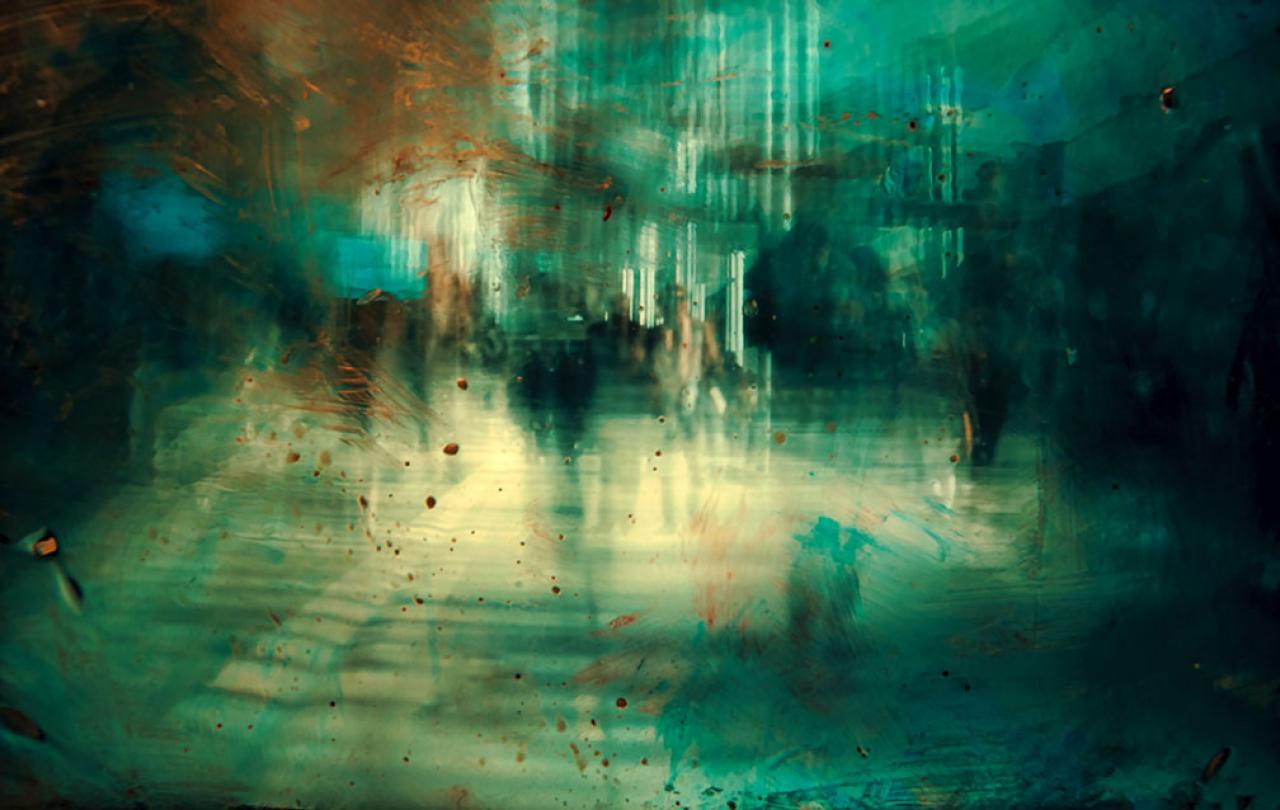There’s a famous story in the Bible when Jesus’ friend Lazarus died. Jesus isn’t there while Lazarus is ill, in fact he isn’t there when he dies – he turns up four days later. In the Jewish culture of which Jesus was a part, there were all sorts of rules to comply with around death and one of the traditions was to gather the local community, including professional mourners to weep and wail, to encourage the expression of emotion.
Lazarus’s sisters were angry that their good friend Jesus hadn’t been there when they needed him. They were angry that their brother, Lazarus, had died. They were angry and needed someone to blame. I think we can all relate to that. When someone we love is suffering, when someone we love dies, a natural part of the grieving process is anger. And that anger is often directed at God, whether we believe in him or not.
When Jesus arrives, he generously receives their emotional rebuke, allowing them to give voice to their pain. And then he goes to the grave where Lazarus has been lying dead for four days. And in the shortest verse in the Bible, we are privy to his reaction. Jesus wept. Even God is distressed by the reality of death. Death was never meant to happen; death was never part of God’s good plan for humanity. And it makes him weep. He turns up, unafraid of the raw reality of death and bereavement.
Of course, in that situation, there was a reprieve – Jesus raised Lazarus from the dead. And the mourning turned to celebration. But of course, although we never hear about Lazarus’s final death, he did die, just like all the rest of us.
Death is the one thing we all have in common. Different cultures react to death differently. In some cultures, the entire community stops doing normal life and gather round the bereaved. In our culture, all too often, we pretend nothing has happened. We are determined to keep death in a box, packed as far deep as possible so we don’t have to look at it. Death seems to be the final taboo of our culture, the most intimate and unmentionable part of life. Which means we’re not very good at death. And a good death is a beautiful thing. The Christian friends I’ve known who died untimely young deaths have shown me that. People who are not afraid of death, people who know what’s going to happen after they’ve died can pave the way for us to walk into the place of death and find beauty there.
As we face death head on, we stare into the place of what’s really important. Everyone says glibly that on our deathbed we won’t be wishing we’d spent more time at work. But let’s not wait till our deathbed to work out where we need to spend more time. Let’s learn how to live well now, not hiding from the only guaranteed fact of our future.
At Lazarus’s graveside, Jesus made the rather elliptical claim:
“I am the resurrection and the life. The one who believes in me will live, even though they die; and whoever lives by believing in me will never die.”
When Jesus died himself, naked and nailed to a cross, he took on the greatest enemy of life. And he won. As Jesus rose again on the third day, he claimed victory over death. As Christians follow Jesus through this life, they do so in the assurance of eternal life with him after death. Wow, that’s the place of hope. That’s the place where you can look death right in the face, unafraid.
The Christian message of hope is a life raft in the cold, choppy waters of bereavement. It gives form and shape to something we don’t understand and don’t want to have to navigate. It gives us courage to accept the truth, when we really don’t want to. Knowing that there is something, Someone, who is bigger than death. And knowing that death – either my own or that of someone I love – isn’t the end of the story gives me the capacity to walk confidently and unafraid through my life towards its inevitable end. And into what’s next. To quote my friend, I hope I’ll see you there.





